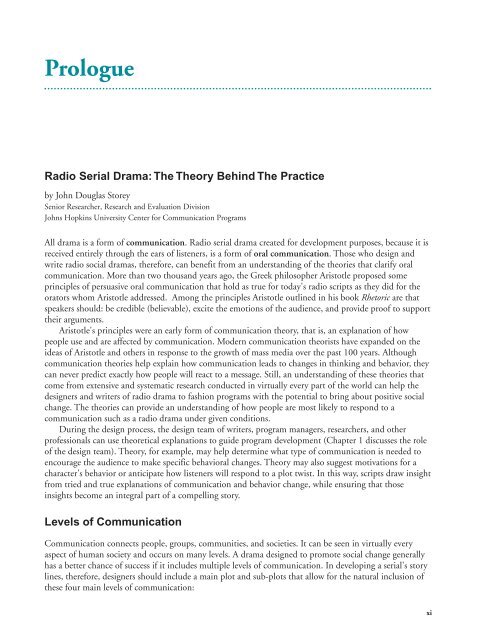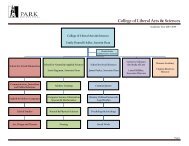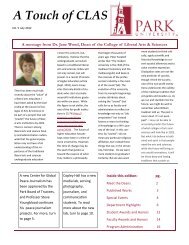How to Write a Radio Serial Drama for Social Development- PDF
How to Write a Radio Serial Drama for Social Development- PDF
How to Write a Radio Serial Drama for Social Development- PDF
Create successful ePaper yourself
Turn your PDF publications into a flip-book with our unique Google optimized e-Paper software.
Prologue<br />
<strong>Radio</strong> <strong>Serial</strong> <strong>Drama</strong>: The Theory Behind The Practice<br />
by John Douglas S<strong>to</strong>rey<br />
Senior Researcher, Research and Evaluation Division<br />
Johns Hopkins University Center <strong>for</strong> Communication Programs<br />
All drama is a <strong>for</strong>m of communication. <strong>Radio</strong> serial drama created <strong>for</strong> development purposes, because it is<br />
received entirely through the ears of listeners, is a <strong>for</strong>m of oral communication. Those who design and<br />
write radio social dramas, there<strong>for</strong>e, can benefit from an understanding of the theories that clarify oral<br />
communication. More than two thousand years ago, the Greek philosopher Aris<strong>to</strong>tle proposed some<br />
principles of persuasive oral communication that hold as true <strong>for</strong> <strong>to</strong>day's radio scripts as they did <strong>for</strong> the<br />
ora<strong>to</strong>rs whom Aris<strong>to</strong>tle addressed. Among the principles Aris<strong>to</strong>tle outlined in his book Rhe<strong>to</strong>ric are that<br />
speakers should: be credible (believable), excite the emotions of the audience, and provide proof <strong>to</strong> support<br />
their arguments.<br />
Aris<strong>to</strong>tle's principles were an early <strong>for</strong>m of communication theory, that is, an explanation of how<br />
people use and are affected by communication. Modern communication theorists have expanded on the<br />
ideas of Aris<strong>to</strong>tle and others in response <strong>to</strong> the growth of mass media over the past 100 years. Although<br />
communication theories help explain how communication leads <strong>to</strong> changes in thinking and behavior, they<br />
can never predict exactly how people will react <strong>to</strong> a message. Still, an understanding of these theories that<br />
come from extensive and systematic research conducted in virtually every part of the world can help the<br />
designers and writers of radio drama <strong>to</strong> fashion programs with the potential <strong>to</strong> bring about positive social<br />
change. The theories can provide an understanding of how people are most likely <strong>to</strong> respond <strong>to</strong> a<br />
communication such as a radio drama under given conditions.<br />
During the design process, the design team of writers, program managers, researchers, and other<br />
professionals can use theoretical explanations <strong>to</strong> guide program development (Chapter 1 discusses the role<br />
of the design team). Theory, <strong>for</strong> example, may help determine what type of communication is needed <strong>to</strong><br />
encourage the audience <strong>to</strong> make specific behavioral changes. Theory may also suggest motivations <strong>for</strong> a<br />
character's behavior or anticipate how listeners will respond <strong>to</strong> a plot twist. In this way, scripts draw insight<br />
from tried and true explanations of communication and behavior change, while ensuring that those<br />
insights become an integral part of a compelling s<strong>to</strong>ry.<br />
Levels of Communication<br />
Communication connects people, groups, communities, and societies. It can be seen in virtually every<br />
aspect of human society and occurs on many levels. A drama designed <strong>to</strong> promote social change generally<br />
has a better chance of success if it includes multiple levels of communication. In developing a serial's s<strong>to</strong>ry<br />
lines, there<strong>for</strong>e, designers should include a main plot and sub-plots that allow <strong>for</strong> the natural inclusion of<br />
these four main levels of communication:<br />
xi
















